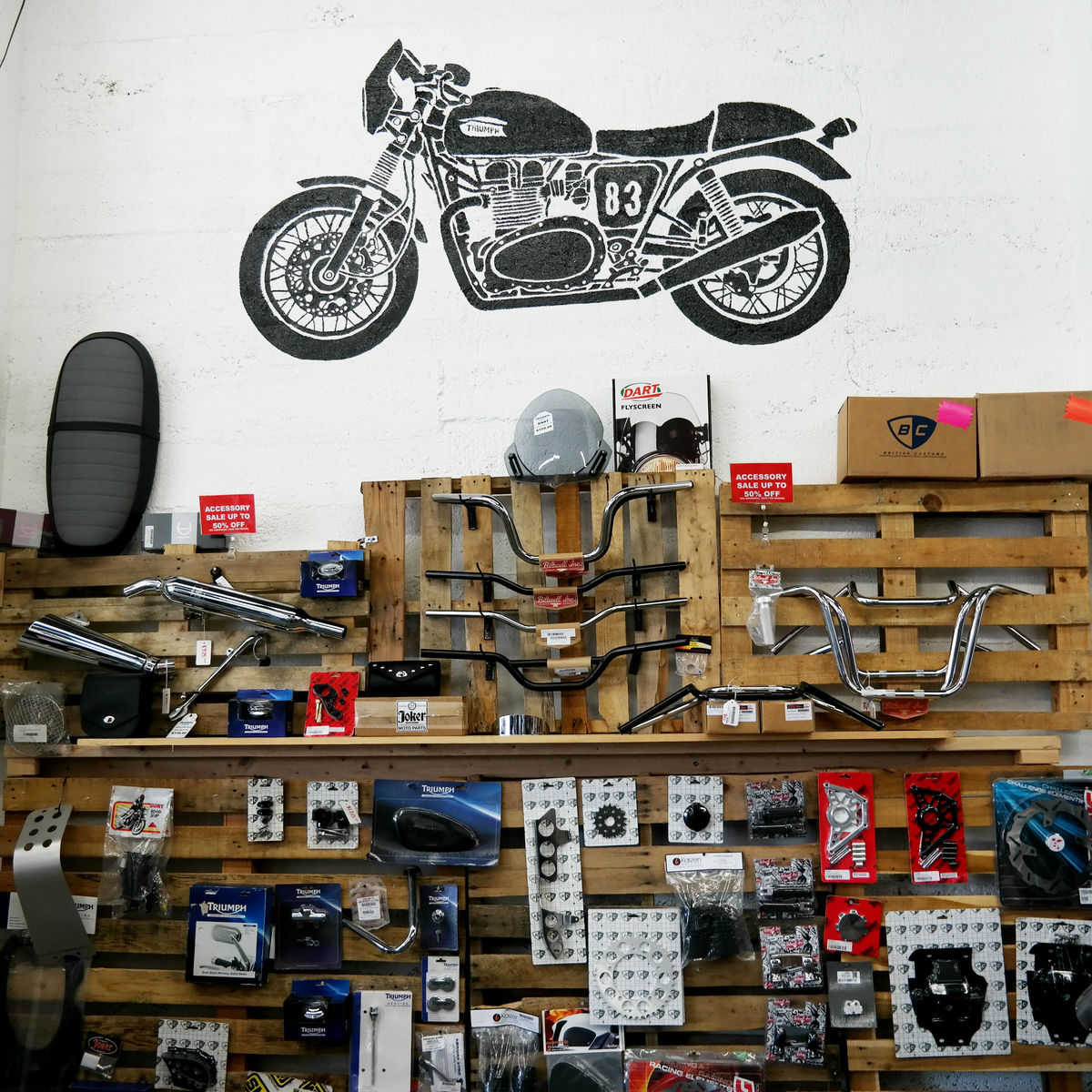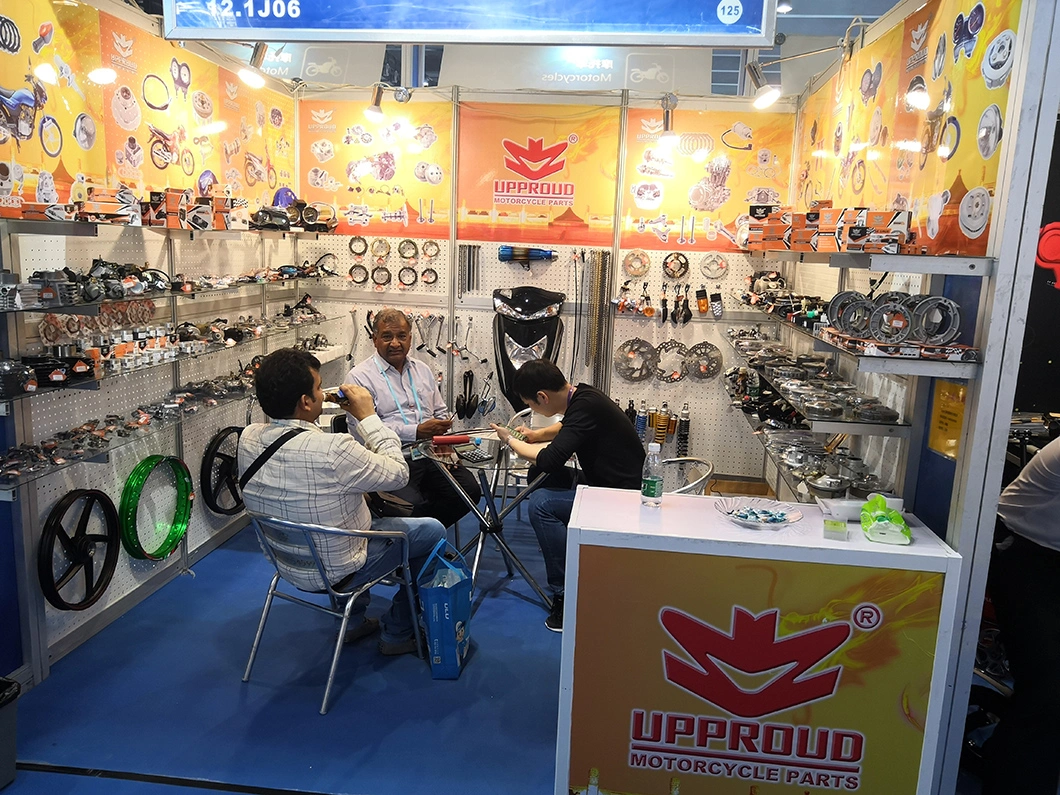Explore the Latest Motocross Gear NZ for every single Level of Rider
Explore the Latest Motocross Gear NZ for every single Level of Rider
Blog Article
Comprehending the Important Parts of a Bike: A Comprehensive Overview for Fanatics
For bike enthusiasts looking to raise their riding experience and guarantee their bikes run smoothly, comprehending the essential components of a motorcycle is extremely important. Each element, from the engine's detailed functions to the critical role of the braking devices, not only influences efficiency yet also safety and security and comfort. This guide will certainly go through the essential components that every motorcyclist must be acquainted with, enabling informed selections in both upkeep and possible upgrades. As we start this exploration, one must ask: just how does each element engage to create the seamless trip every fanatic looks for?
Engine Parts

The camshaft plays a vital duty in managing the timing of the engine's shutoffs, ensuring the accurate opening and closing needed for reliable gas and air intake, in addition to exhaust expulsion. This timing is important to keeping optimal engine performance and effectiveness. Furthermore, the carburetor or gas shot system, depending on the motorcycle design, is accountable for mixing air with fuel in the appropriate ratio for combustion.
The cooling system, either air or liquid-based, functions to keep the engine's temperature level within functional restrictions, stopping getting too hot and guaranteeing durability - motorcycle shop. Each part, meticulously designed and integrated, adds to the smooth operation of the engine, specifying the motorcycle's power outcome and overall efficiency
Transmission System
Integral to the motorcycle's capability, the transmission system ensures reliable power transfer from the engine to the wheels. This system makes up numerous important parts, including the clutch, gearbox, and last drive, each playing a crucial role in converting the engine's power into movement. The clutch, generally run by a hand lever, serves to disengage the engine and involve from the transmission, allowing for smooth equipment modifications and regulated acceleration.
The gearbox, typically referred to as the transmission correct, consists of a set of gears that cyclists can manually change via to change the bike's speed and torque result. These equipments are prepared in a series that allows the motorbike to accelerate smoothly and preserve optimal engine performance throughout different speeds. Many motorcycles utilize a sequential transmission, requiring the rider to move equipments in a predetermined order.
Braking Systems
While understanding the transmission system is essential to utilizing a motorbike's power, similarly vital is the capacity to manage and stop that power effectively, which is where braking mechanisms come right into play. Brakes are essential for security and performance, providing the cyclist with the necessary control to navigate various terrains and conditions. Normally, motorbikes include 2 kinds of stopping systems: disc brakes and drum brakes.
Disc brakes are more common in modern-day motorbikes as a result of their superior performance. They Discover More are composed of a brake disc, caliper, and pads. When turned on, the caliper squeezes the brake pads against the spinning disc, transforming kinetic power into warm, therefore slowing down the wheel. This system uses better warmth dissipation, consistent performance, and enhanced quiting power, particularly in damp problems.
Alternatively, drum brakes, though much less usual, are still found in some motorbikes. They function by pushing brake footwear against the inner surface area of a drum affixed to the wheel. imp source While usually much less reliable in warmth dissipation and stopping power, drum brakes are easier and extra affordable.
Comprehending these braking systems' nuances allows riders to maintain their motorcycles correctly and appreciate the design that ensures effective and safe quiting.
Suspension and Guiding
Suspension and guiding systems are crucial components that substantially influence a motorcycle's handling and adventure convenience. The shock absorber, containing forks at the front and shock absorbers at the rear, absorbs road abnormalities, boosting security and control. Front forks, inverted or commonly telescopic, compress and rebound to minimize effects, while rear shock absorbers keep tire contact with the roadway, important for traction and safety and security.
Guiding, focused around the handlebars, links the biker to the motorcycle's directional control. The guiding head bearings make sure smooth operation, permitting precise ability to move. Proper positioning and upkeep of these bearings are crucial for predictable guiding reaction and decreasing biker tiredness.
The suspension's adjustability is another crucial element; preload, damping, and rebound settings allow personalization to suit numerous riding conditions and designs. This flexibility is vital for optimizing efficiency, whether navigating urban roads or dealing with rugged routes. Innovations like electronic shock absorber supply real-time modifications, improving trip top quality across diverse terrains.

Electrical Equipments
After making sure a regulated and smooth trip through effective suspension and guiding systems, focus transforms to the electrical systems, a critical facet of modern-day bikes. These systems play a crucial role not only in starting the engine but likewise in powering various elements that boost the functionality and security of the motorcycle.
At the heart of a motorbike's electric system is the battery, which shops electric power necessary for starting the engine and powering complementary systems - motorcycle parts nz. The alternator or generator, coupled with the rectifier-regulator, ensures the battery continues to be charged while the motorbike functions, transforming power into electric energy and preserving voltage levels
The ignition system, an additional vital element, is accountable for stiring up the air-fuel mix in the engine's cylinders. Modern motorbikes frequently utilize a digital ignition system, using higher performance and integrity compared to traditional systems.
Lights systems, consisting of fronts lights, tail lights, and signs, are likewise vital, ensuring presence and safety and security for the motorcyclist. Added electronic elements such as sensors, control company website devices, and shows contribute to innovative attributes like gas shot administration, anti-lock braking systems (ABDOMINAL MUSCLE), and digital dashboards, better enhancing the riding experience.
Final Thought
An extensive understanding of a motorbike's essential components, consisting of the engine, transmission system, braking systems, suspension, guiding, and electric systems, is important for lovers aiming to maximize performance, convenience, and safety and security. Mastery of these aspects enables for educated choices concerning maintenance and upgrades, ultimately improving the riding experience. By integrating this knowledge, bikers can ensure their motorbikes operate at peak performance and integrity, thereby making the most of both satisfaction and long life of their automobiles.
For motorbike lovers looking to boost their riding experience and guarantee their bikes run smoothly, understanding the necessary parts of a motorbike is extremely important.Integral to the bike's functionality, the transmission system ensures reliable power transfer from the engine to the wheels.While understanding the transmission system is essential to using a bike's power, just as crucial is the capacity to manage and quit that power efficiently, which is where braking devices come right into play. Normally, motorbikes include two types of stopping systems: disc brakes and drum brakes.
A comprehensive understanding of a motorbike's vital components, consisting of the engine, transmission system, stopping devices, suspension, guiding, and electrical systems, is essential for enthusiasts intending to maximize convenience, safety, and efficiency.
Report this page